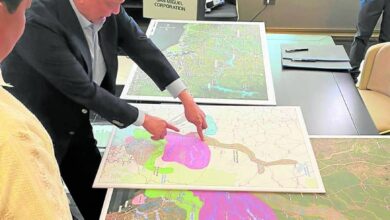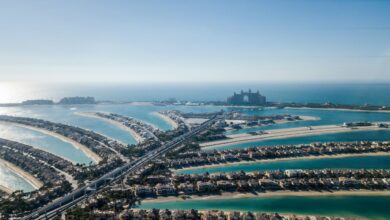
PPP continue to be good for PH Economy and Infrastructure
“If not us, then who? If not now, then when?”
In a recent column for Manila Bulletin, Anna Mae Y. Lamentillo wrote about the Philippines ranking second in the Asia Infrascope Index of The Economist Intelligence Unit (EIU) 2018 Infrascope Report. The particular index aims to evaluate countries in their capacities to “implement sustainable and efficient” public-private partnerships (PPP).
The Philippines is joined by Thailand, and the two are the only Asian countries tagged as “mature” in regulatory environment for PPP.
While Thailand is ahead of us in terms of infrastructure and business, the reason we’re in this conversation is that PPP is also nothing new to the Philippines. As Lamentillo writes, PPP here dates back “as early as 1986” and has evolved in leaps and bounds.
“PPP in the Philippines has been improved to streamline and clarify processes, including procedures for managing unsolicited proposals, joint-venture agreements, and appointment of probity advisors for PPP procurement,” she added.
The infrastructure picture
As the writer notes, there are 17 PPP projects currently under implementation. This is according to the Public Private Partnership Center. The total project cost is estimated to be nearly P330 billion.
In Metro Manila alone, PPP can be seen through the Skyway Stage 3, C5 South Link Expressway, and NLEX Harbor Spur Link.
Over three dozen more projects costing trillions of pesos are in the pipeline and in development.
The Golden Age of Infrastructure
President Rodrigo Duterte’s “Build, Build, Build” program introduced a “hybrid” mode to PP.
“In this modality, the government builds and finances infrastructure projects and later on bids out the operation and maintenance aspects to the private sector,” writes Lamentillo.
Two projects are currently running under this new hybrid system: the Clark International Airport and the New Bohol Airport. As the writer points out, the former’s Operation and Maintenance Contract was awarded to the North Luzon Airport Consortium (NLAC) last December 2018.
What PPP means for development
As the private sector continues to participate and foreign investments rise, the infrastructure machine gains its fuel. What does this mean for development? With all the new airports, roads, bridges, seaports, etc. being built – more industries will grow. And as industries grow, as markets flourish, more Filipinos will reap the rewards of this Golden Age of Infrastructure.
Our trains will run smoother, our traffic will ease, we’ll get to work sooner, and our workers’ productivity will rise. And this development and improvement of quality of life, will go beyond Metro Manila.
READ: Duterte’s Legacy Should Include 100% Electrification
Look at New Clark City, which will surely propel that area’s local economy to great heights. How about the international airport in Bulacan that San Miguel is building? It will do more than decongest Manila’s runways. These are outstanding hallmarks of development.
It’s important to note that their proximity to Manila is what makes them possible. But that only means this ripple effect can soon happen for Cebu and Davao. Can you imagine the tourism boost for places like Dumaguete and Siquijor? People are already recognizing that sky is the limit for Siargao. In the tourism sector alone, the jobs that will come from better infrastructure can reach hundreds of thousands. And for those outside of the big cities, change will truly come. Higher wages, increased spending power – inching closer to a comfortable life for all.
If we don’t start building now, then when? And if it isn’t our generation who’ll do it, will we sleep on the task and pass it on to the next? Let’s begin investing in infrastructure, so that our children will have the modern and better Philippines we’ve long dreamed of.




